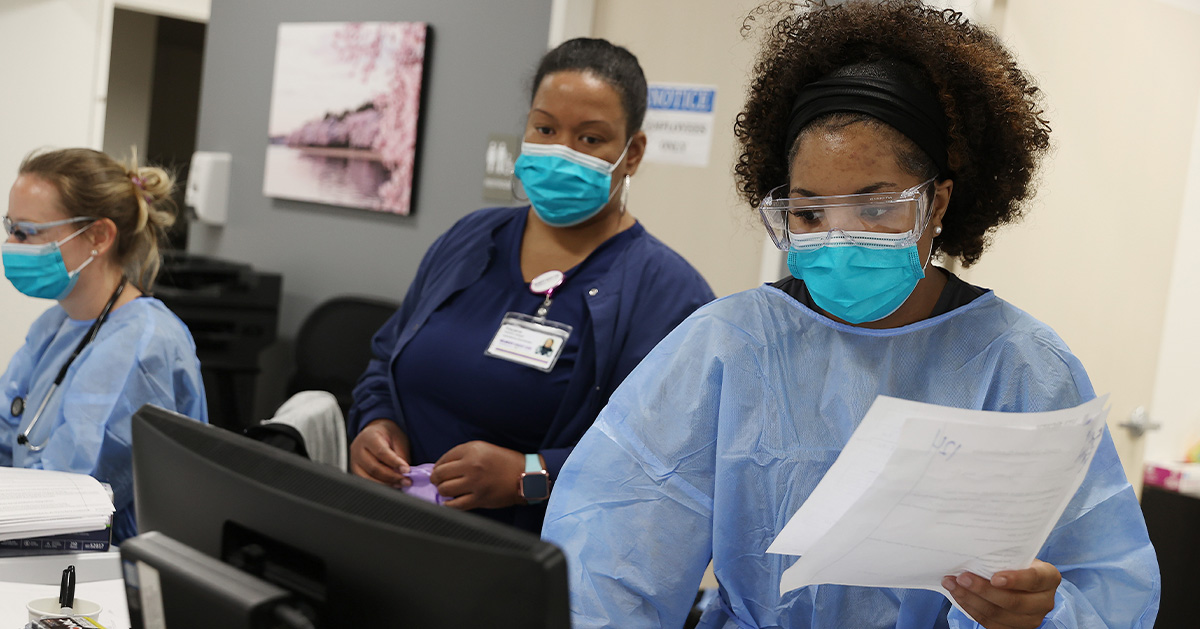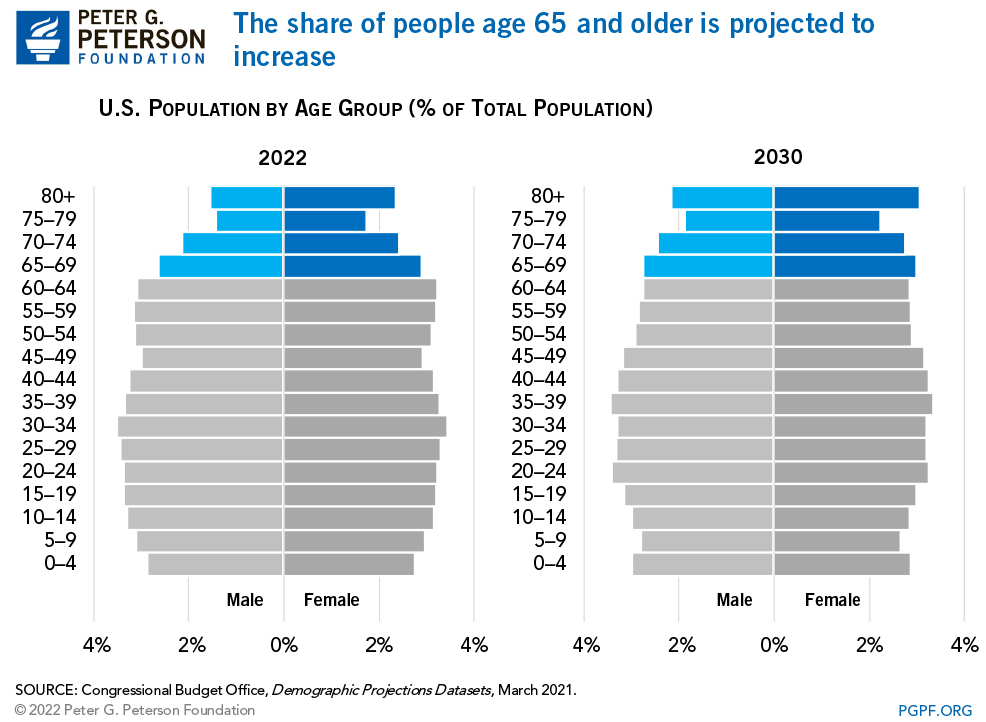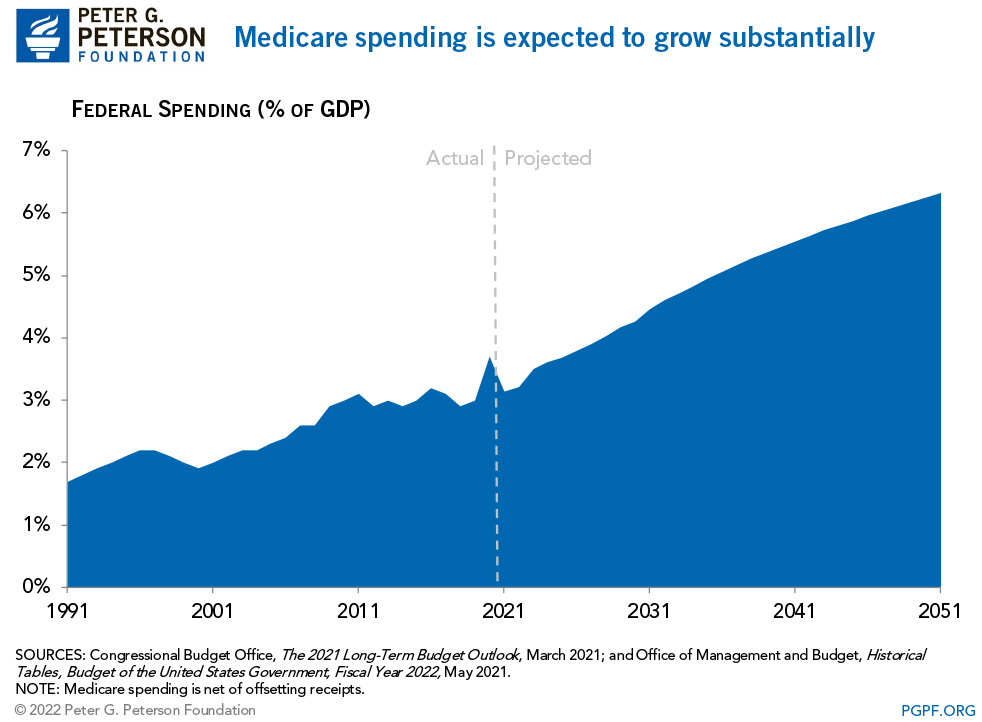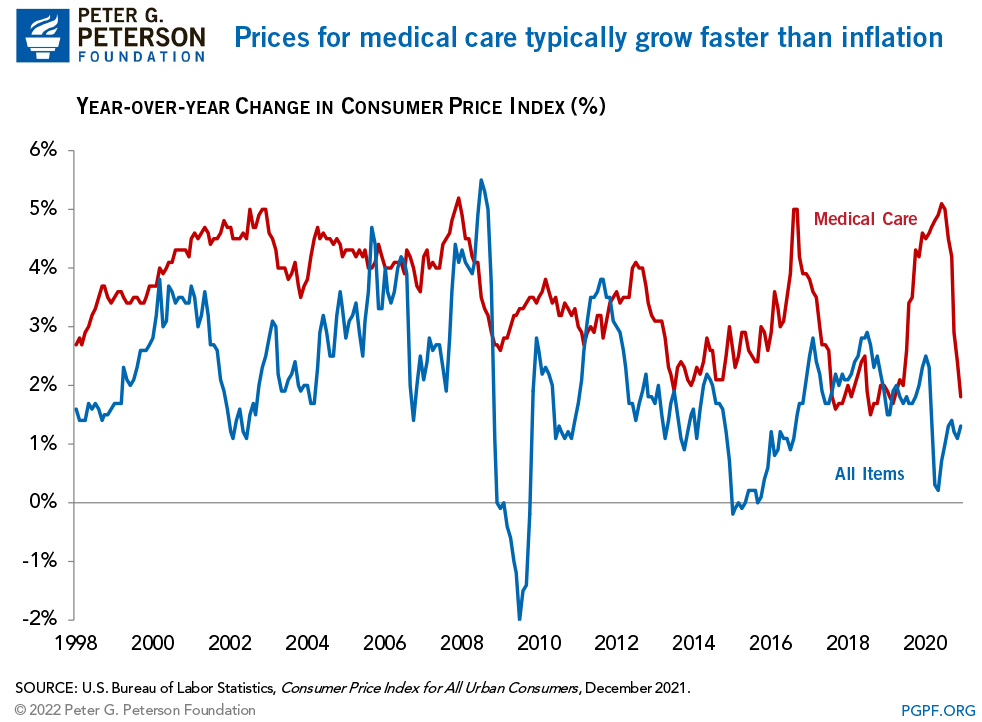Health Care Costs Continue to Rise Health Care Costs Continue to Rise Health Care Agencies

The United States spends significantly more on healthcare compared to other nations, but we don't have better healthcare outcomes. What's more, rising healthcare spending is a key driver of America's unsustainable national debt and high healthcare costs also make it harder to respond to public health crises like the COVID-19 pandemic. Below is a look at the increasing healthcare costs in the United States, what is causing that rapid growth, and why it matters for public health and our fiscal outlook.
How Much Does the United States Spend on Healthcare?
The United States has one of the highest costs of healthcare in the world. In 2020, U.S. healthcare spending reached $4.1 trillion, which averages to over $12,500 per person. By comparison, the average cost of healthcare per person in countries in the Organisation for Economic Co-operation and Development (OECD) is only about one-third as much. The COVID-19 pandemic exacerbated the trend in rising healthcare costs. In 2020, the year-over-year increase in national healthcare costs as a share of gross domestic product (GDP) was over 2 percentage points — the largest increase since 1960. However, healthcare spending had been increasing long before COVID-19 began. Relative to the size of the economy, healthcare costs have increased over the past few decades, from 5 percent of GDP in 1960 to 18 percent in 2019 (before COVID-19) and 20 percent in 2020.

TWEET THIS
Why Is Healthcare Spending Increasing in the United States?
Generally, healthcare spending can be thought of as a function of price (dollars charged for healthcare services) and utilization (the amount of services used). There are several underlying factors that can increase price and utilization, thereby boosting spending on healthcare. The most notable of those factors are an aging population and healthcare prices.
An Aging Population
Individuals age 65 and over are projected to account for 17 percent of the U.S. population in 2022. The U.S. Census Bureau projects that figure will exceed 20 percent by 2030. Since people age 65 and over, on average, spend more on healthcare than any other age group, growth in the number of older Americans is expected to increase total healthcare costs over time.

TWEET THIS
Furthermore, as individuals turn 65, they will become eligible for Medicare, and the number of enrollees in the program — 64 million in 2021 — will grow substantially. The increase in enrollment is expected to significantly increase the cost of Medicare over time. In fact, the Congressional Budget Office projects that Medicare spending will double over the next 30 years relative to the size of the economy — growing from 3.1 percent of GDP in 2021 to 6.3 percent by 2051.

TWEET THIS
The Increasing Cost of Healthcare Services
Prices are another significant driver of healthcare spending in the United States; the cost of healthcare services typically grow faster than the cost of other goods and services in the economy. In the past 20 years, the Consumer Price Index (CPI) — the average change in prices paid by urban consumers for various goods and services — has grown at an average of 2.1 percent per year while the CPI for medical care has grown at an average rate of 3.5 percent per year.

There are many possible reasons for that increase in healthcare prices:
- The introduction of new, innovative healthcare technology can lead to better, more expensive procedures and products.
- The complexity of the U.S. healthcare system can lead to administrative waste in the insurance and provider payment systems.
- The consolidation of hospitals can lead to a lack of competition or even a monopoly, granting providers the opportunity to increase prices.
More research needs to be done, though, to confirm the reasons that healthcare costs grow so quickly.
Why Increasing Healthcare Costs Matter
It would be one thing if our high healthcare spending led to better health outcomes. However, that is not the case in the United States. When evaluating common health metrics, the United States lags behind other countries despite spending more on such goods and services.

TWEET THIS
High healthcare costs put pressure on an already strained fiscal situation and are one of the primary drivers of the long-term structural imbalance between spending and revenues that is built into the country's budget. Containing high healthcare costs is important for our nation's long-term fiscal and economic well-being. For ideas on how to solve some of these issues, visit our Solutions page and the Peterson Center on Healthcare.
Related: Infographic: U.S. Healthcare Spending
Image credit: Photo by Chip Somodevilla/Getty Images
Source: https://www.pgpf.org/blog/2022/02/why-are-americans-paying-more-for-healthcare
0 Response to "Health Care Costs Continue to Rise Health Care Costs Continue to Rise Health Care Agencies"
Enregistrer un commentaire